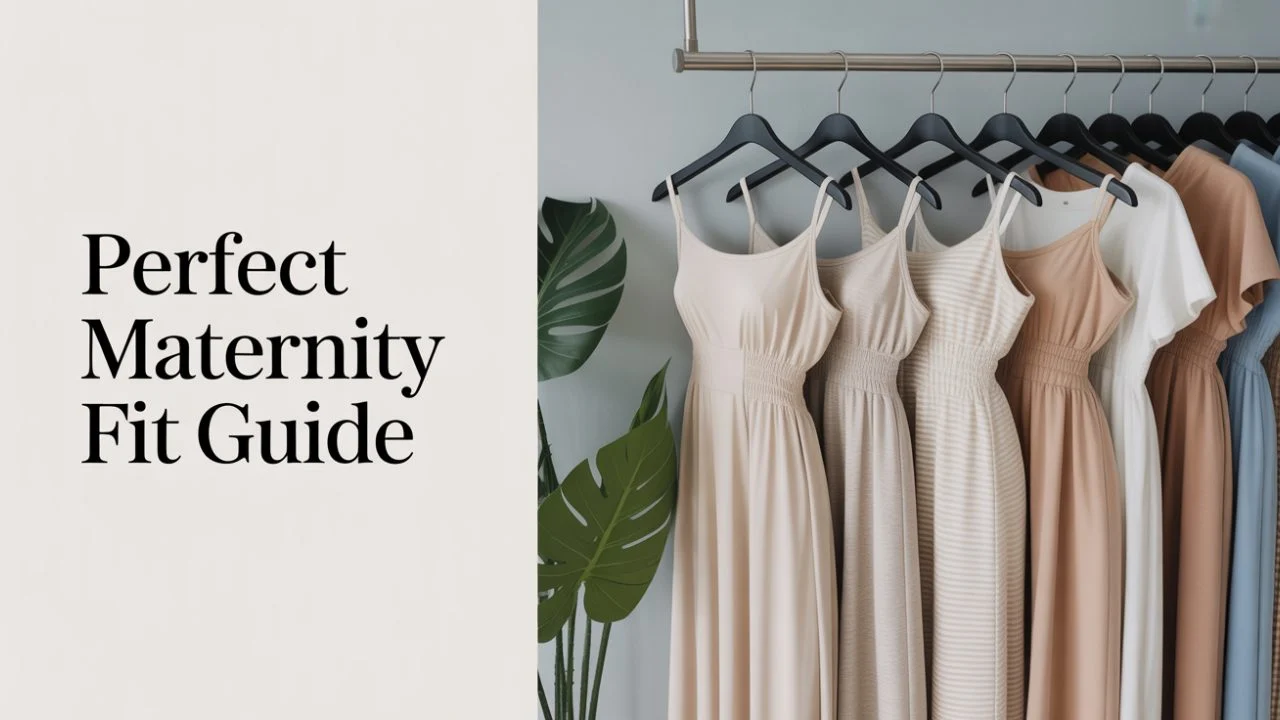Fast fashion is the enchanting realm where you can purchase all the clothes you want for coffee and still have some change left. Tempting, right? With fashion houses churning out new trends faster than you could think of saying “add to cart,” the fast fashion industry has convinced us that we need to update our outfits every week to remain fashionable. However, while our closets are filled with cheap crop tops and fake sneakers, there’s an ugly aspect to this supposedly great deal. It’s one that’s tied together by environmental harm, exploitation of labor, and an ever-growing amount of clothing waste.
Behind the glitz and markdowns, fast fashion has the cost of a high cost, and isn’t just for your pocket. From contaminating rivers in the trend of tie-dye fashions to the overworking of underpaid workers in factories that are unsafe factories, the dangers of fast fashion are growing faster than the “new arrivals” emails in your inbox. As we’ll see in this article, when it comes to the fast fashion industry vs. sustainable fashion, the decision isn’t just about fashion, it’s about survival. Are you ready to take a deeper look at the reasons why fast fashion is harmful to the environment as well as your mental peace? Let’s take a look at the price tags on bargain bins and discover the less-than-perfect truth.
The Mechanics of Fast Fashion
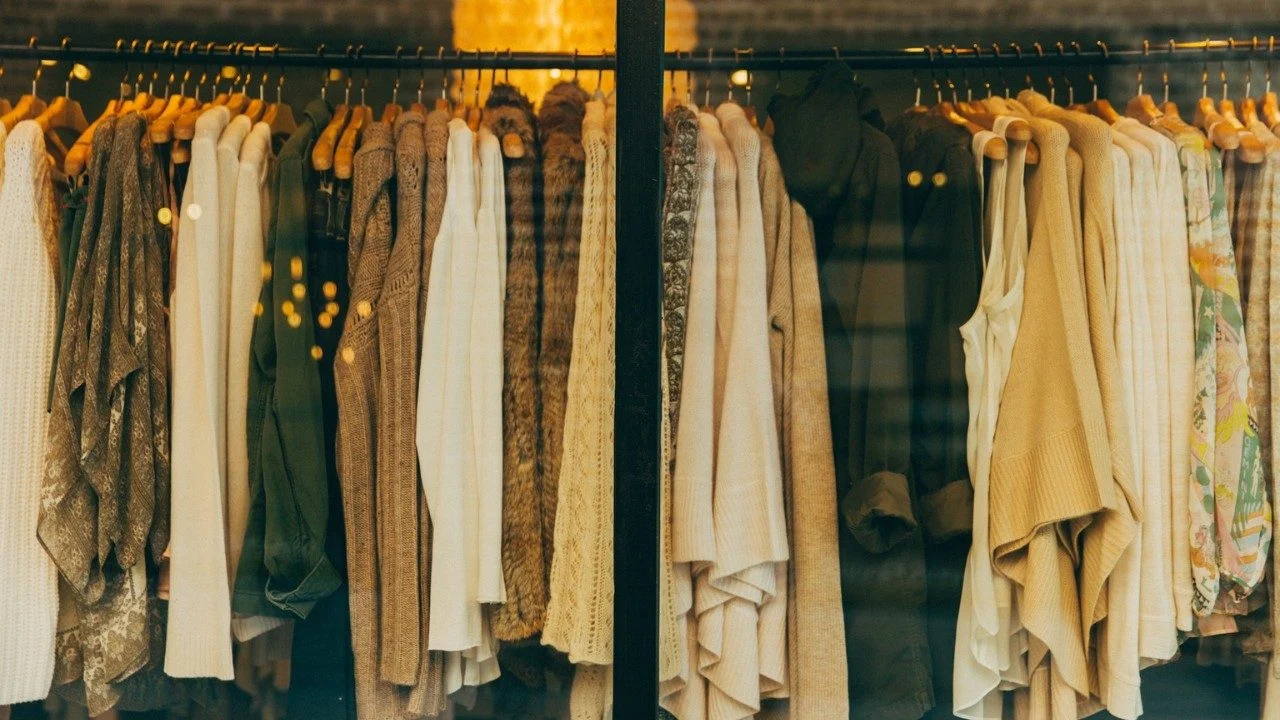
How does speedy fashion work? It’s simple: take a style that was on the runway (or the small designer’s Instagram) and reproduce it in the speed of light, put it on with the least expensive materials available, and then throw it onto the shelves before hype fades. Fast fashion thrives on speed and volume. Think about it as junk food for the fashion world. It’s created to be addictive, inexpensive, and disposable. Trends emerge and disappear within a matter of weeks, causing people to spend more and wear less and to throw away their clothes more often. Who cares if garments fall apart after just two washes? This is just a sign you’re due for a new haul. In the meantime, this endless cycle creates more fashion waste, eats up natural resources, and relies on exploited workers to keep prices low. But at least you bought the neon mesh shirt for only $4, you thought, right?
Environmental Impact of Fast Fashion

If there’s one thing that the fashion industry does extremely well – aside from cutting off designers and transforming polyester into “style”-it’s ruining the environment with a swagger. In the background of every “trendy must-have” is a trail of polluting, consumption, and waste that would make even the most pristine landfill blush. Let’s get to basic facts: the quick fashion model relies on mass production and cheap synthetic fabrics (hello microplastics! ) and water-guzzling methods. The production of a single cotton t-shirt will require over 2,700 liters of water. That’s enough for a person to drink for two and two-and-a-half years. And what about dyeing the t-shirts? This usually means harmful chemicals thrown straight into the rivers of developing countries, since nothing says “new collection” like rainbow-colored waterways.
But wait, there’s more! The obsession with fashion produces mountains of textile waste. Clothes that are “so last season” after one wear end up in the landfills, with a lot of them in a state of decomposition for decades. If you thought that your clothes were the only thing that was under stress, you should think again. The planet is groaning from the burden of our unsustainable fashion choices. With its huge carbon footprint, the fashion industry of today is a major factor in the climate change process, generating more greenhouse gas emissions than shipping vessels and international flights together.
So although your $8 jeans may appear to be a bargain however the real cost is paid through polluted water, contaminated air, and a warming earth. However, at least they were available in 5 colors.
Ethical and Labor Concerns in Fast Fashion
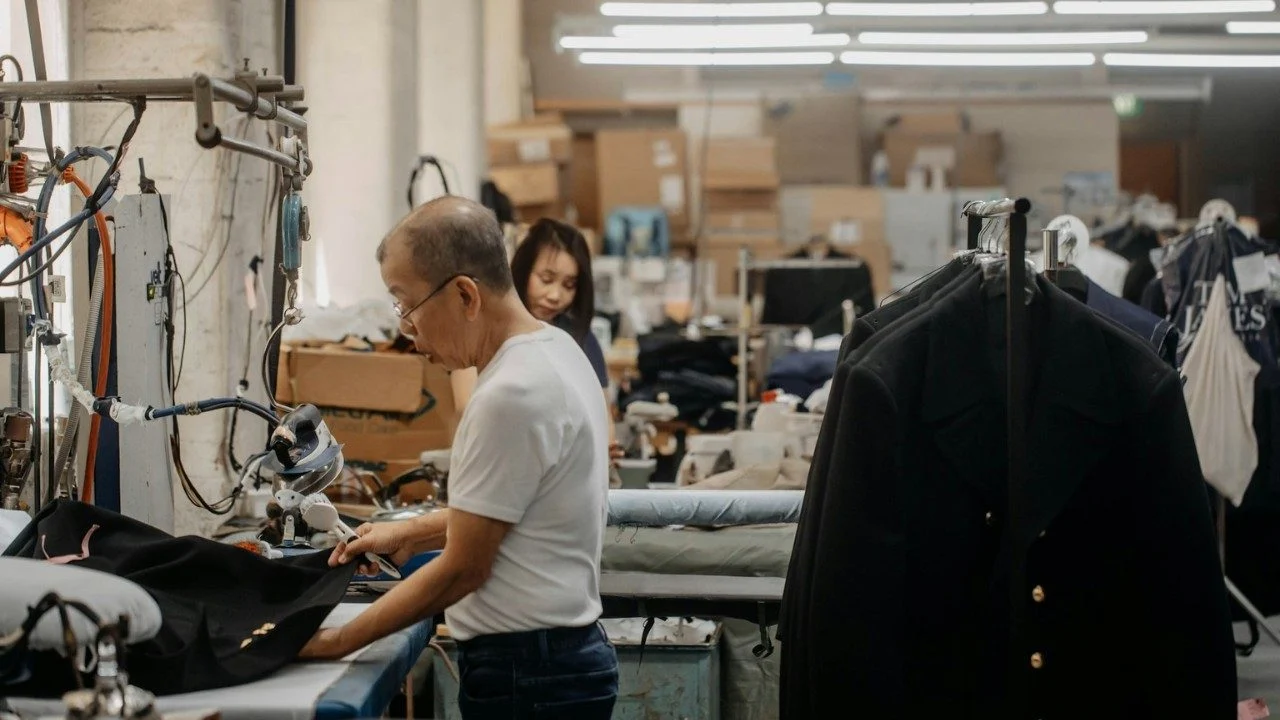
Let’s look at the less-than-glamorous inside of the fast-fashion industry – the sweatshops, the 14-hour work shifts, and the paychecks that won’t even cover the cost of your oat milk coffee. While we’re looking for “deals” and showing off our latest purchases, the fast fashion machine is powered by a worldwide workforce that is overworked, underpaid, and often working in dangerous conditions. A lot of these garment workers, typically women and children, earn a measly wage per hour at factories that have safety regulations more of an idea than a requirement. Do you remember the tragic 2013 Rana Plaza disaster? It was not a single event. It was a shocking glimpse behind the curtain to see how fast fashion can keep prices at a minimum and stores stocked.
However, the issue of labor exploitation in fashion isn’t a mere consequence, it’s a part of the model of business. In the end, how can you sell a dress for just $5 and still earn profits? It’s easy: by shirking ethical standards and treating human rights as an accessory. So the next time you pick the “cute and cheap” top, make sure you remember that somebody somewhere paid the price. It was not the CEO of the brand drinking drinks in the Maldives.
Consumer Behavior and Psychological Factors

Fast fashion is addictive, and the fashion industry in general knows precisely what it takes to keep us returning for more. It’s like shopping therapy with a hint of guilt (but only after you’ve made your purchase). Flash sales and influencer hauls “limited time” offers–these aren’t mere marketing tricks, they’re psychological traps that aim to create our fear of not being able to purchase and make the $6 crop top seem like an investment that could be life-or-death. Because it’s so inexpensive, we think that it’s okay to purchase five different versions of the same t-shirt with different hues. Why wouldn’t we? It’s not like anyone’s going to get injured… is it?
But here’s the real kicker: the constant desire to be on the cutting edge of fashion trends increases consumption, reduces the lifespan of our clothes, and keeps the fast fashion industry churning out low-quality, discarded clothing at a rapid pace. It’s a vicious cycle: buy only once (if there’s any), throw away, repeat while claiming to be prudent with our money. In reality, it’s a mental game that we’re losing. While brands make billions of dollars by satisfying our desire to be different, the environment, garment workers, the planet, and your bloated closet are left in a mess. However, you at least look good for a while.
The Rise of Sustainable and Slow Fashion
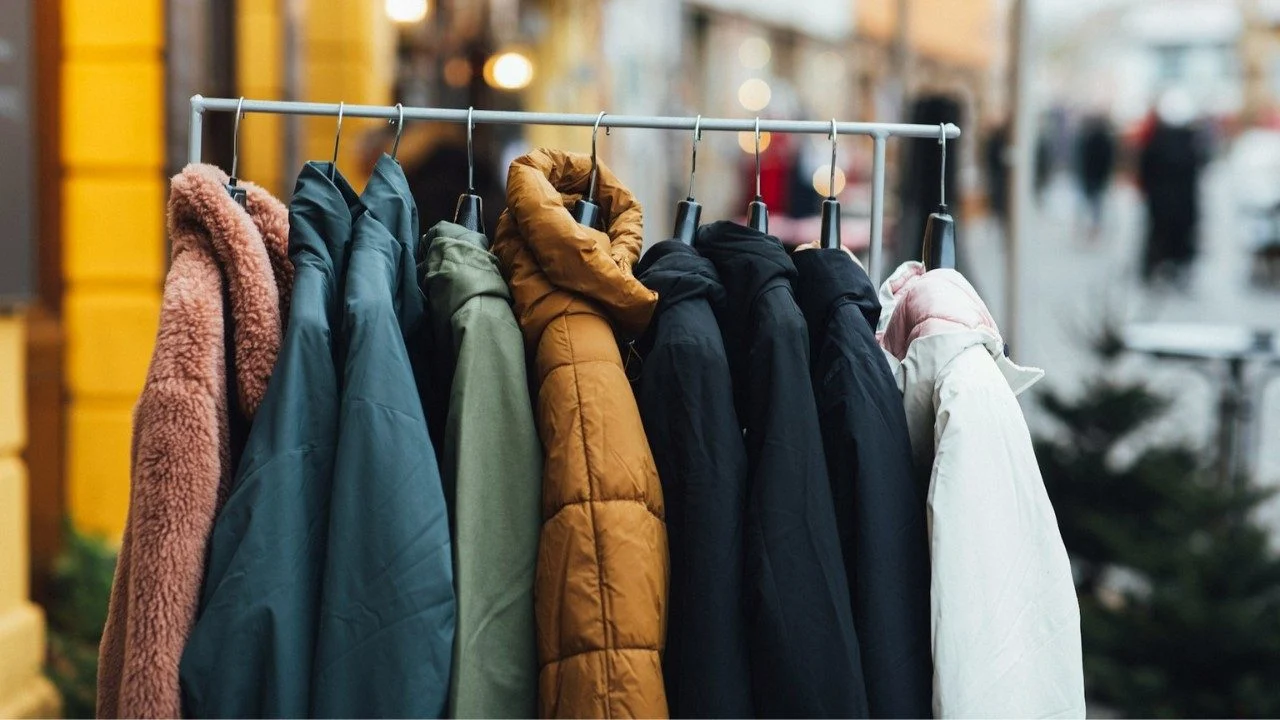
Just when the fashion industry was imagining it would continue to flood our screens with cheap thrills for years, it was replaced by sustainable and slow fashion, like the one friend who actually examines the labels and takes their own bags to the shop. Although fast fashion is focused on speed and excess, as well as disposable fashions, sustainable fashion is in the open, whispering, “Maybe don’t destroy the planet for a $4 tank top.” Slow fashion movement is a much-needed fashion cleanse that focuses on high-quality over quantity, ethical work, as well as eco-friendly materials, and astonishingly, clothes that do not break after just two washing cycles.Consumers are beginning to realize the fact that their “steal of a deal” may come with a risk of environmental degradation and exploitation in the fashion industry.
And do you know what? They’re beginning to pay attention. The trend towards slow fashion isn’t just a trend. It’s an uprising against the harmful speed of fashion that is fast. It’s about spending less and making smart choices, as well as creating your closet into a space of importance instead of just a collection of buying things on impulse. It’s possible that it will result in fewer impulse purchases, but it also means fewer regrets (and fewer clothes that are buried in your closet with tags still attached). So, yes, sustainable fashion may not provide overnight shipping on a few of your favorite clothes, but at the very least, it won’t cost the earth.
Also Read: Fendi Fur: 100 Years of Iconic Luxury and Controversy
Practical Steps for Consumers
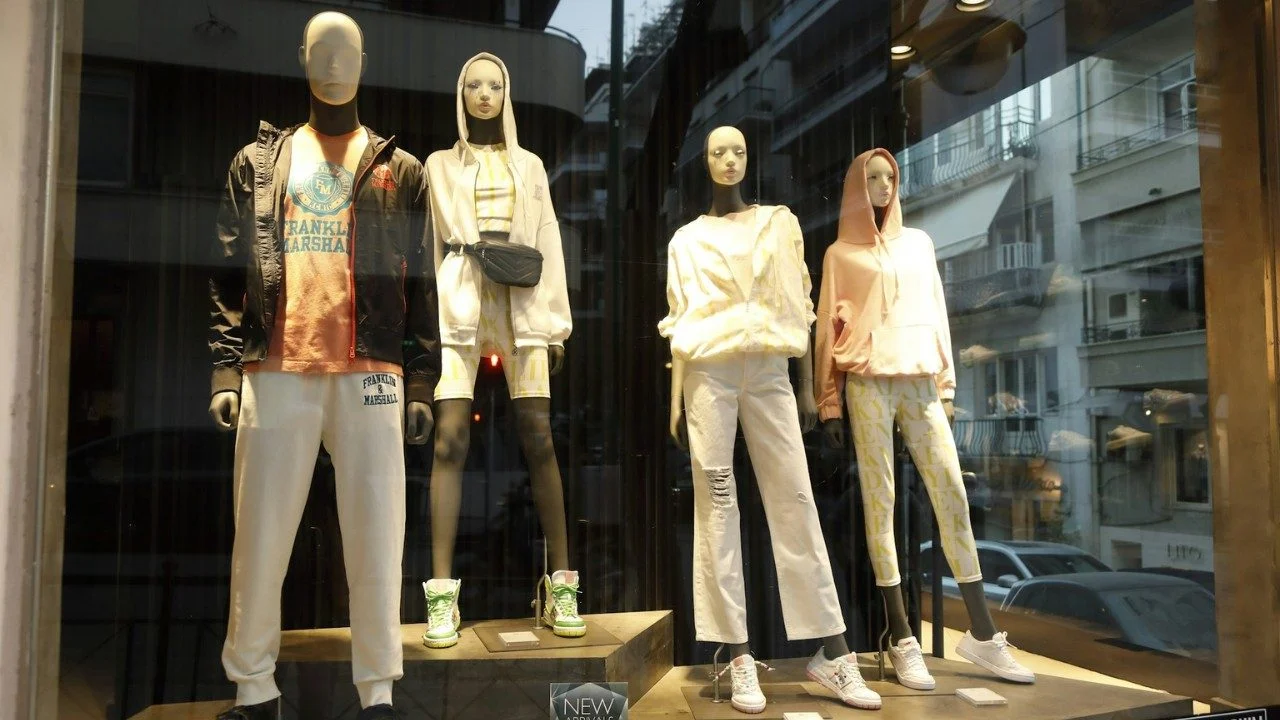
So, you’re looking to let go of fast fashion, or at least shun it a bit, and honestly, you’re doing a great job. Fast fashion thrives off of impulsiveness and naiveté, but once you’ve seen the harm (planet burning and workers being exploited and closets filled with regret) it’s hard to continue playing. What’s the good thing? You don’t have to become a hemp-wearing minimalist in a matter of hours to make an impact. Start small: purchase less, select better, and then repeat outfits like an accomplished repeater of outfits. Yes, it’s allowed. The thrift store, swaps for clothes, and brands that promote slow fashion are your new besties. No, you do not need to change your wardrobe each time the weather changes. Your clothes aren’t seasonal.
Also, be comfortable with the notion of fashion waste. Before throwing away that neon romper, consider what I can do to fix it. Repurpose it? Do you donate it at least to ensure it doesn’t end up on the earth for another 200 years? Every thoughtful choice is a small protest against the industry’s chaotic machine. So, shop with a sense of purpose, study labels, buy ethical brands, and don’t forget that shopping with a conscious mind isn’t boring. It’s actually a lot of. Because there’s nothing more chic than not destroying the world for a sale.
Conclusion
The grand fashion spectacle of the world, fast fashion may appear like the star of the show–cheap, stylish, and always ready to be ready for the next “must-have” moment. However, behind the glam facade, the industry that is fast fashion is putting together a history of exploitation, pollution, and waste that none of the influencer marketing could be able to cover. From causing climate change, to generating piles of clothing waste, and underpaying workers for the best price, the fashion way of life is costing us much more than just a few bucks. But here’s the twist: we, the customer, hold the power.
By embracing sustainable fashions and ethical brands, and exposing the absurd when we spot it, we are able to help slow down the excesses. We must stop thinking of clothing as fast food and start making conscious decisions about our closets. While fast fashion might be inexpensive, the cost to the planet and its inhabitants is? It’s not at all. So when you’re next tempted by a t-shirt that costs $3, be sure to remember that real fashion doesn’t have an expiration date, or an infringement of human rights.
Why is fast fashion bad?
Where do we start? Fast fashion is bad because it contributes to environmental destruction, labor exploitation in fashion, and a culture of overconsumption. It creates enormous amounts of fashion waste, emits high levels of greenhouse gases, and relies on underpaid, overworked laborers in unsafe conditions.
How is fast fashion different from sustainable fashion?
Fast fashion is built on speed, low cost, and disposability, while sustainable fashion focuses on ethical production, long-lasting quality, and environmental responsibility. It’s fast fashion vs sustainable fashion, and trust us—only one of them has a future that doesn’t involve melting ice caps.
What are the ethical concerns in the fast fashion industry?
Labor exploitation in fashion is a major issue. Many fast fashion garments are made in sweatshops where workers earn below living wages, lack basic rights, and endure unsafe conditions. Ethical concerns also include a lack of transparency, child labor, and modern slavery.
Will the fast fashion industry ever change?
Not unless consumers demand it. As awareness grows and more people call out the problems with fast fashion, brands are being forced to rethink their practices. Your voice—and your wallet—matter more than you think.
Is it okay to still buy fast fashion sometimes?
Life’s not black and white. If your budget or situation leaves you with few options, just be mindful. The goal isn’t perfection—it’s progress. Even small shifts in how we consume can help reduce the harmful impact of the fast fashion industry.


